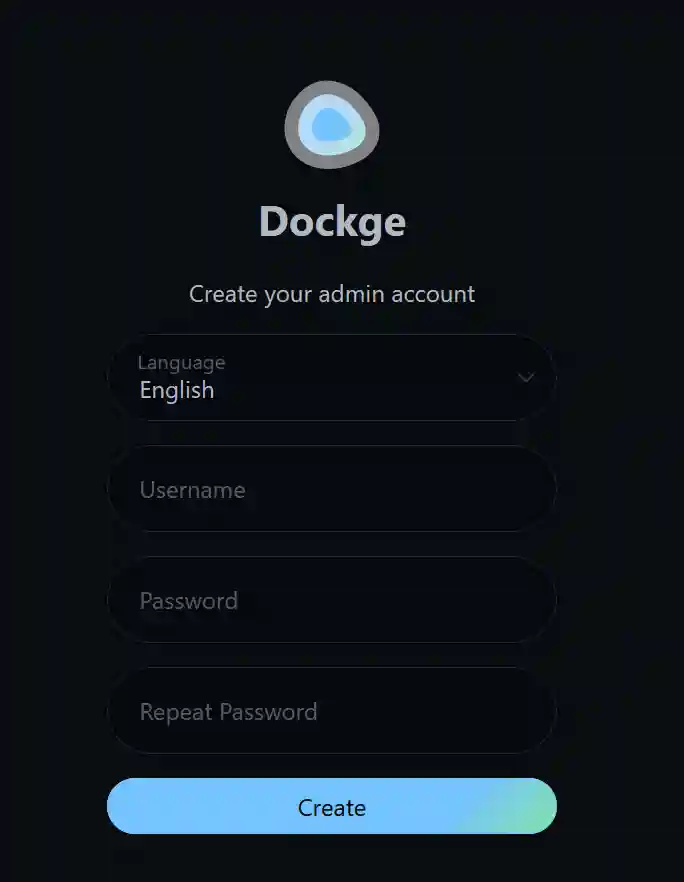Dockge is a free, open-source, and user-friendly web interface for managing container and Compose files. It streamlines managing existing projects, setting up new ones, and interacting with running containers through an interactive terminal. Dockge also supports managing multiple Docker hosts within a single web UI.
Developed by the creator of Uptime Kuma, Dockge offers an intuitive, single-page interface where you can access logs, a YAML editor, a terminal, and container controls. This consolidation eliminates the need for multiple tabs, ensuring a seamless Docker management experience.
At a command propt type:
jlmkr edit dockerEnter your password if required.
You need to add the following lines to bind the datasets to the paths within Docker.
--bind '/mnt/appdata/docker/data:/mnt/data'
--bind '/mnt/appdata/docker/stacks:/opt/stacks'Your edited config file should look like this:
<Ctrl> x, y, <Enter> to save the file.
Restart the jail:
jlmkr restart dockerEnter the Docker shell:
jlmkr shell dockerInstall nano in the Docker container:
apt install nanoOpen nano with title for the script dockage_install.sh:
nano dockge_install.shGo to dockage, https://dockge.kuma.pet/ and download the instalation script. Reproduced here:
# Create directories that store your stacks and store Dockge's stack
mkdir -p /opt/stacks /opt/dockge
cd /opt/dockge
# Download your compose.yaml
curl "https://dockge.kuma.pet/compose.yaml?port=5001&stacksPath=%2Fopt%2Fstacks" --output compose.yaml
# Start the Server
docker compose up -d
# If you are using docker-compose V1 or Podman
# docker-compose up -dPaste the script into nano.
<Ctrl> x, y, <Enter> to save the file.
Run the script:
sh dockge_install.shOnce the pull requests are finished the conmtainer should be created and started.
Once the process completes successfully you should be able to navigate to the IP address of the Docker Jail (Set here) followed by port 5001 for example http://192.168.0.190:5001 and log into Dockge:
